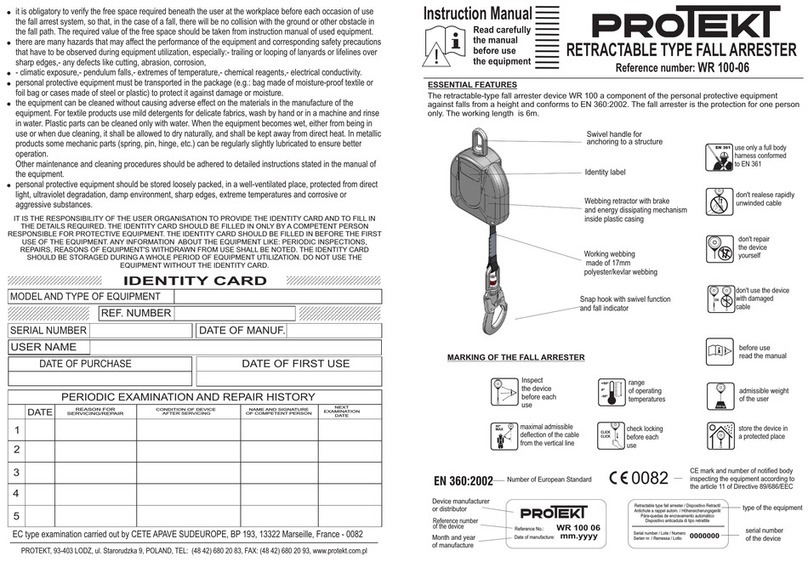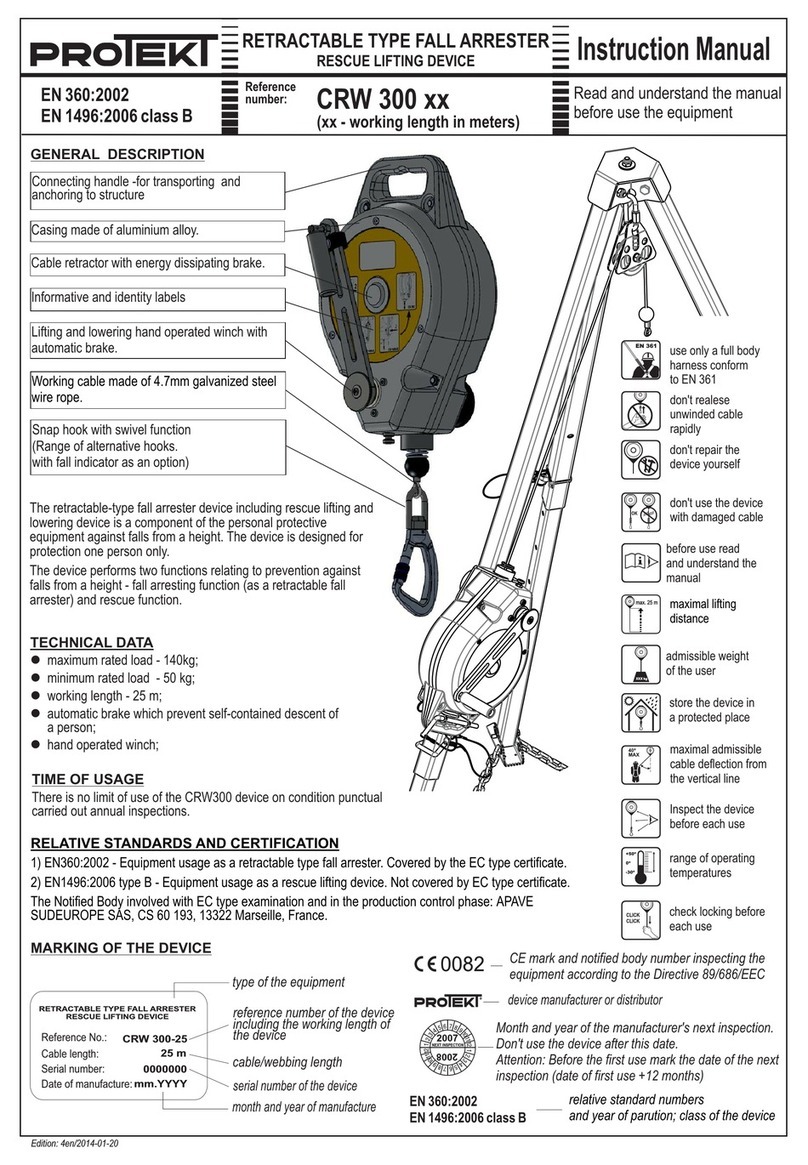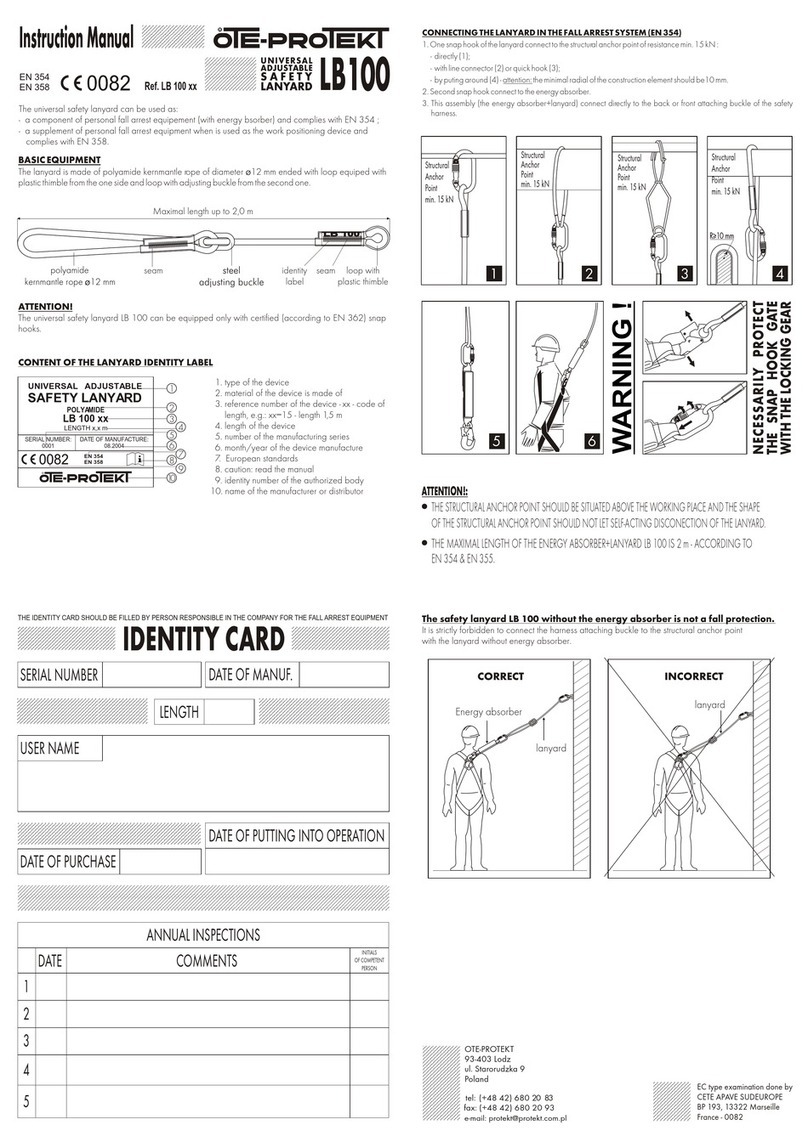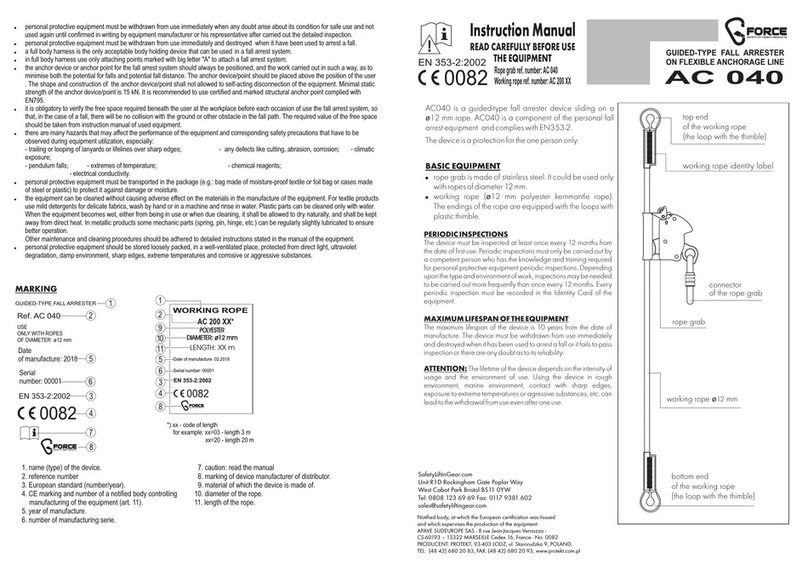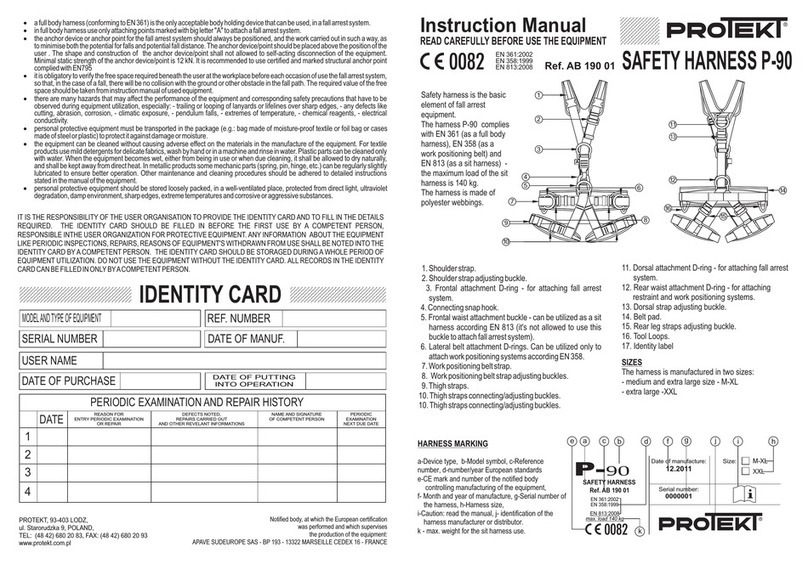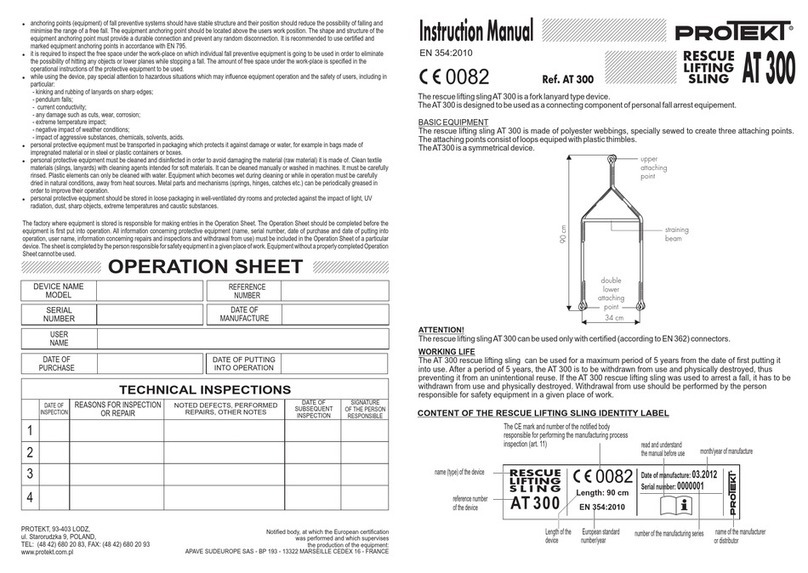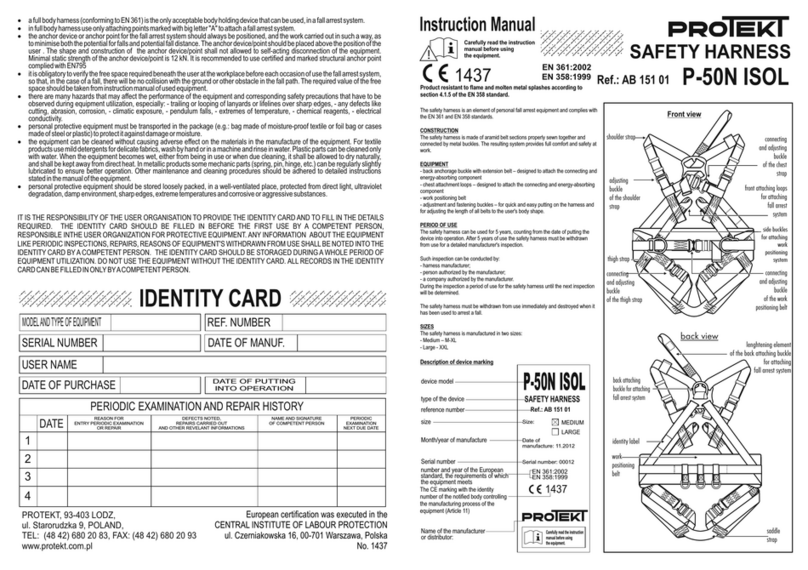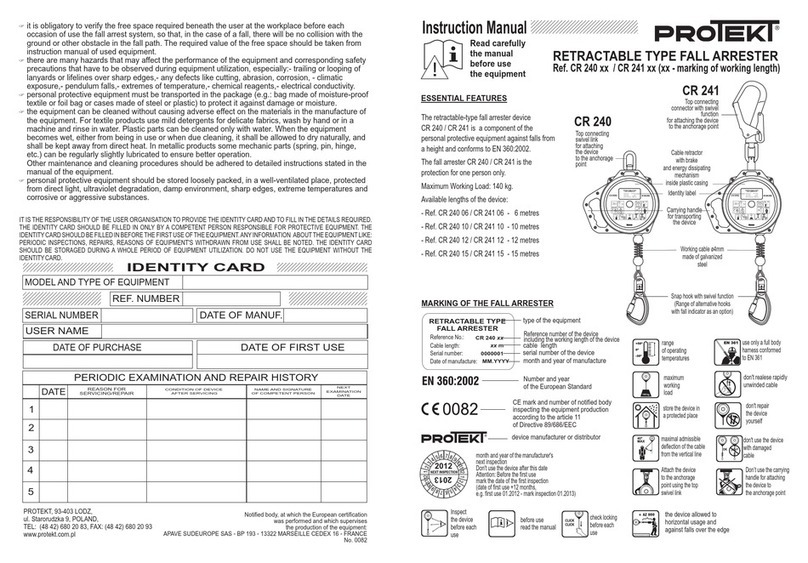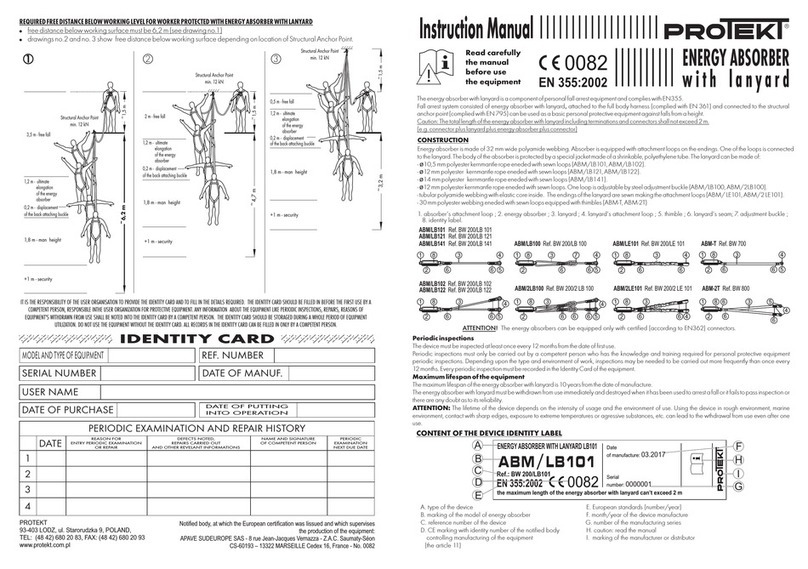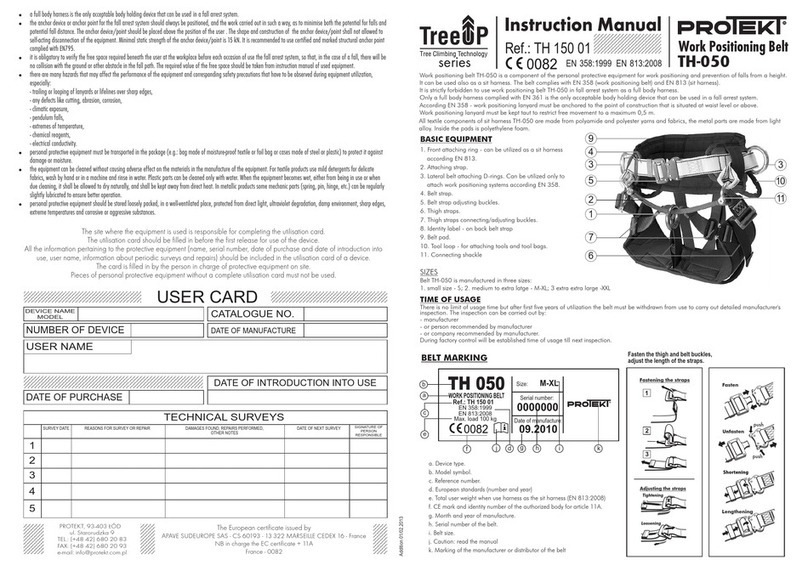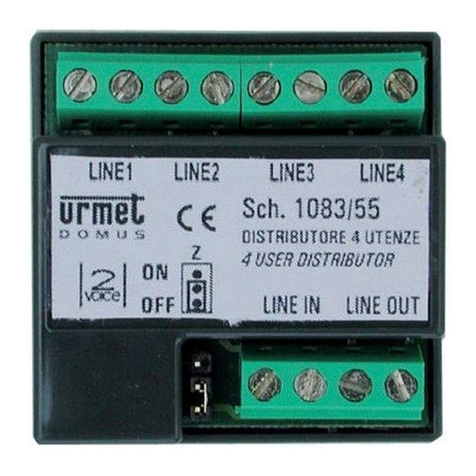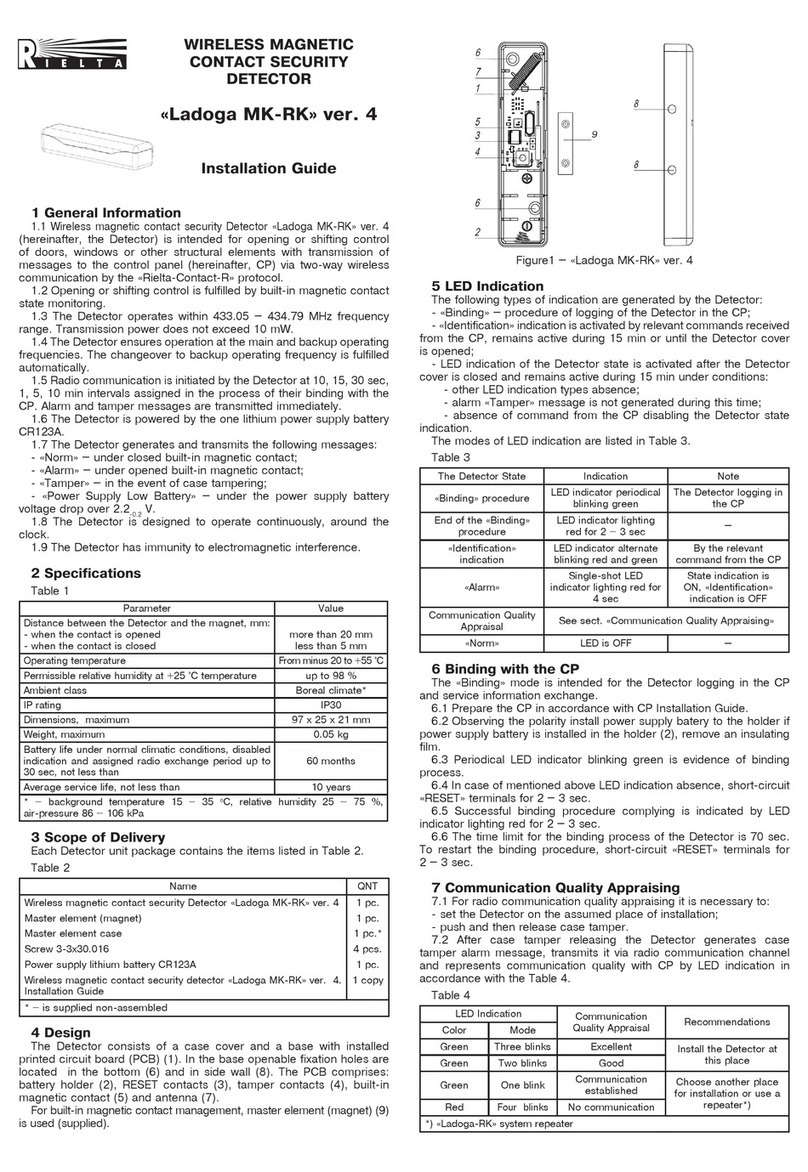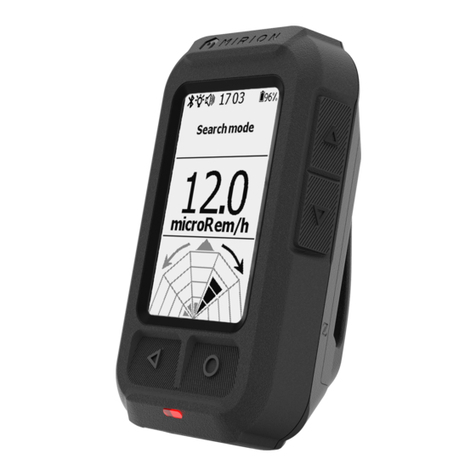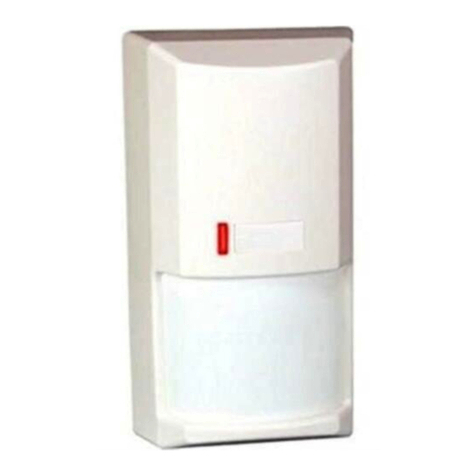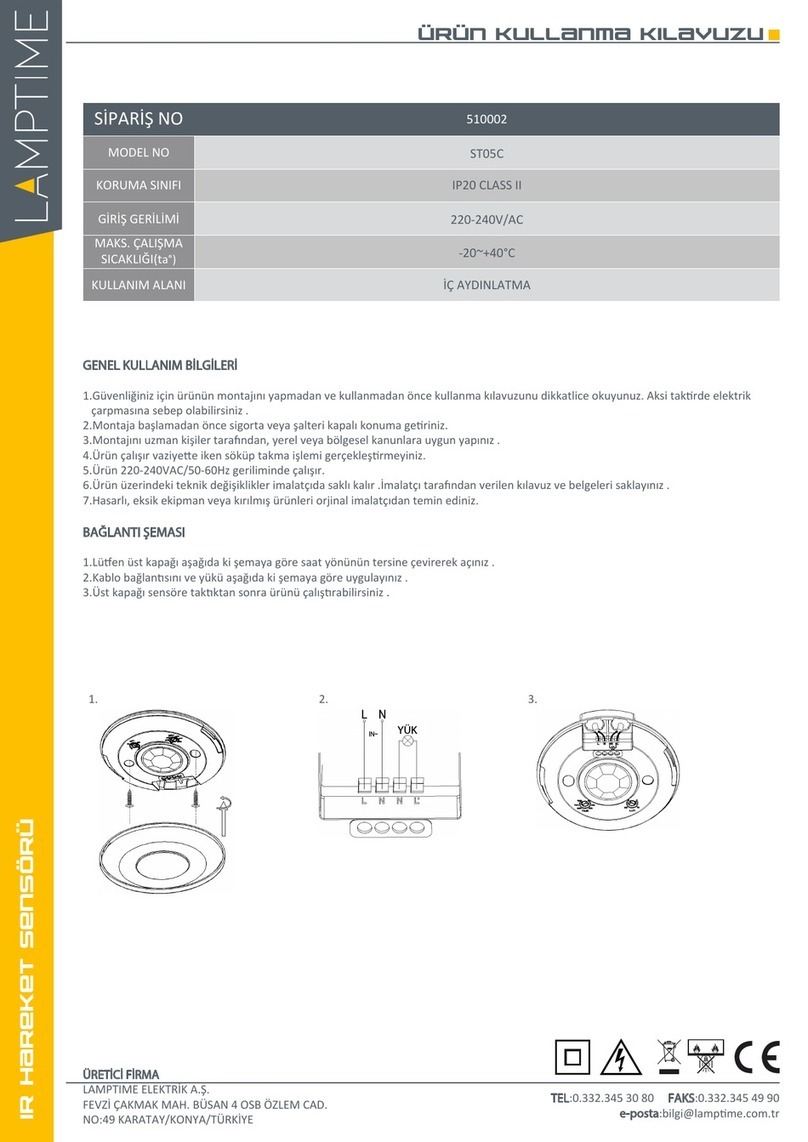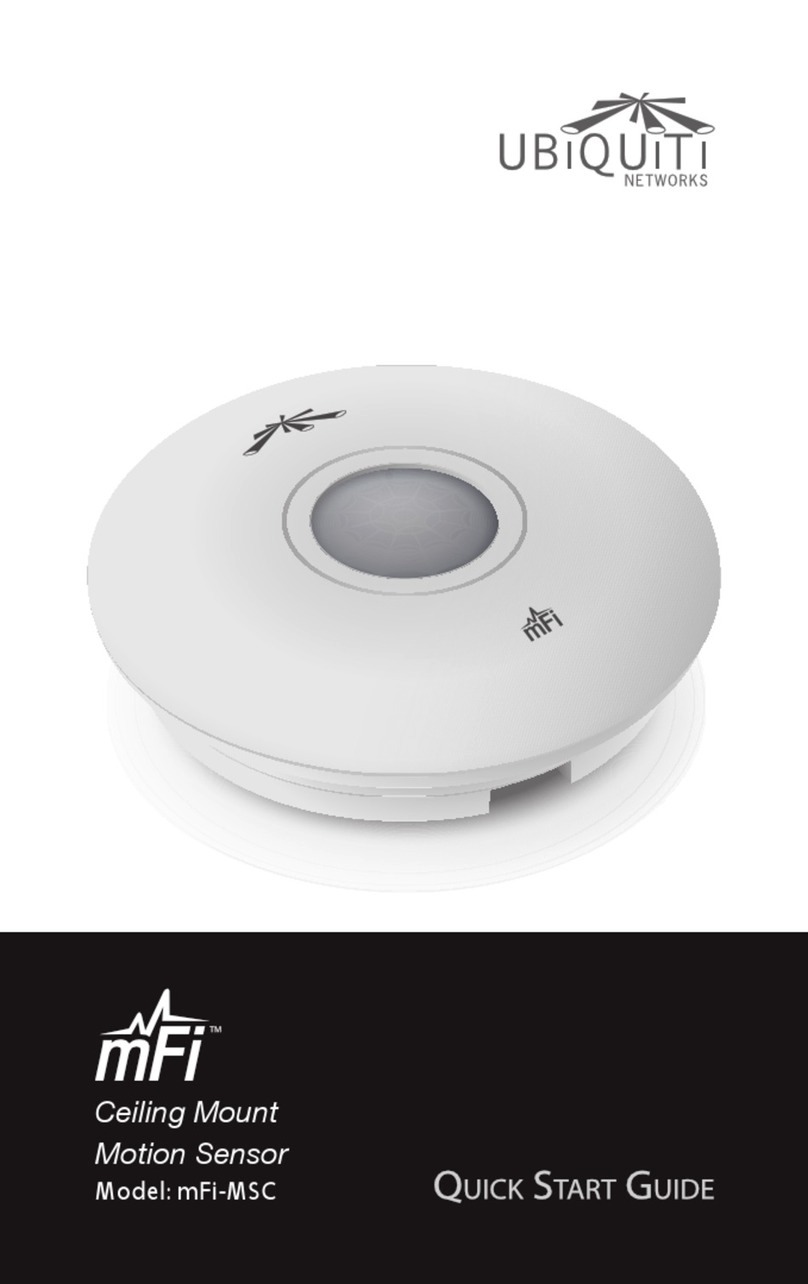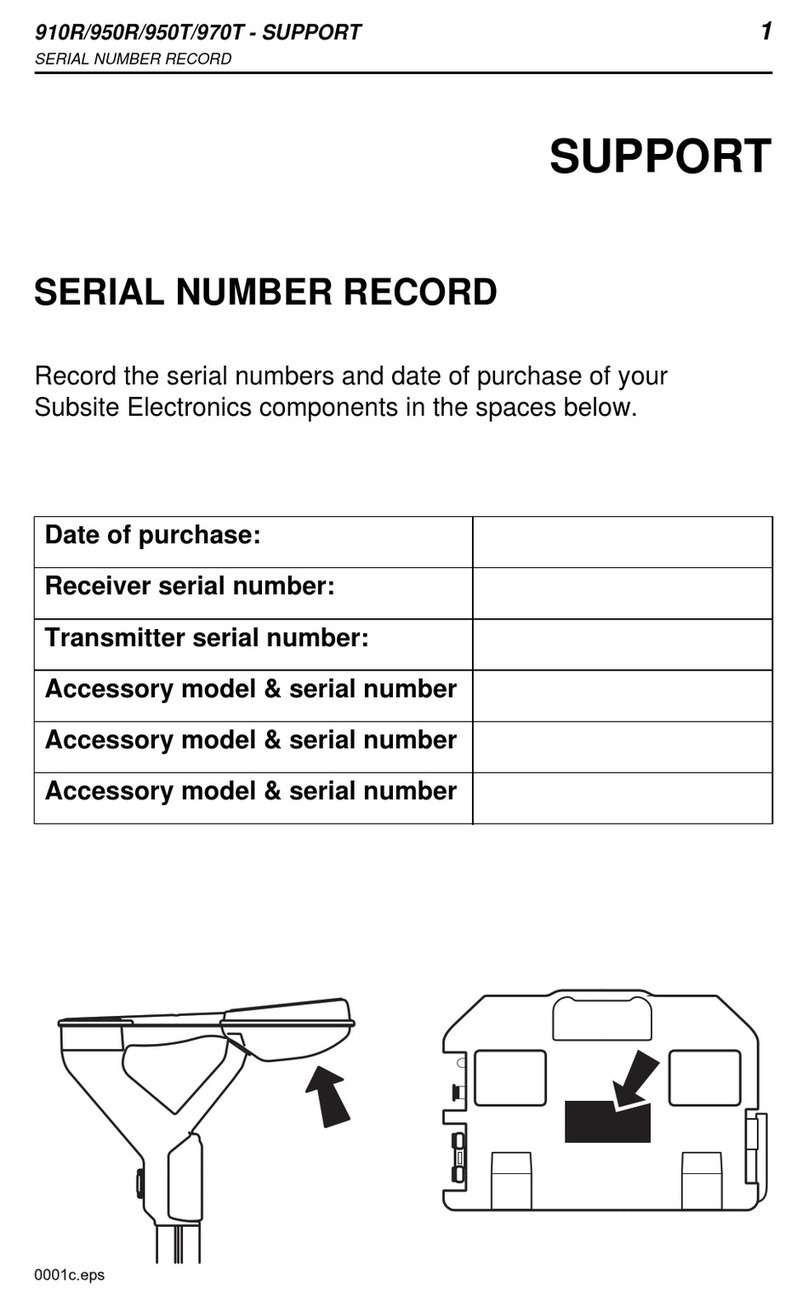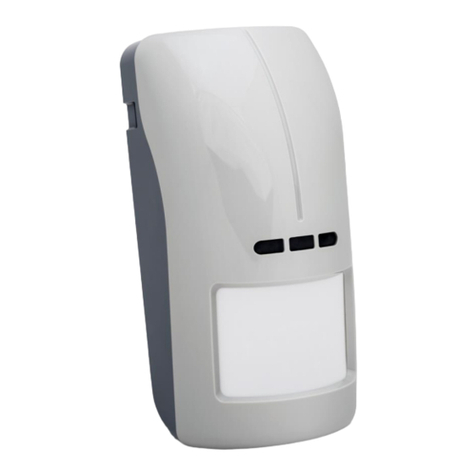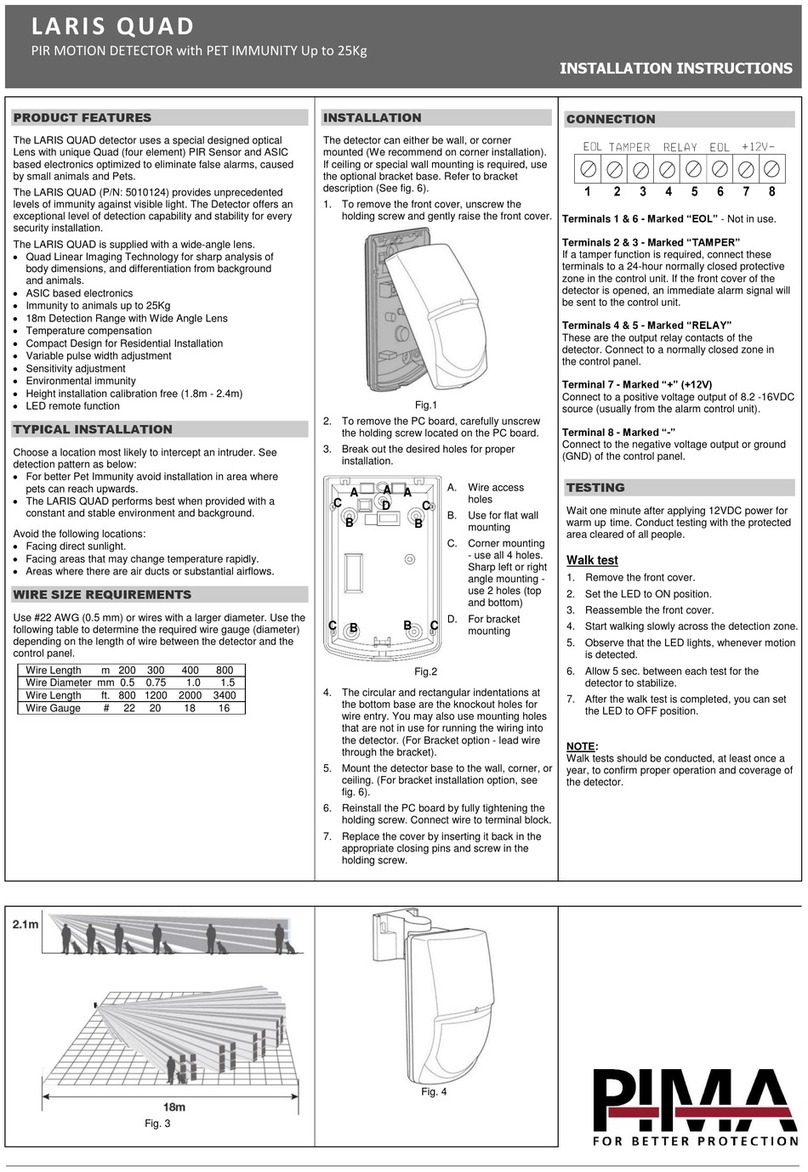
Using the
and obligatory standards:
- EN 361 - for safety harness;
- EN 353-2, EN 355, EN 360 - for fall arrest equipment.
- EN 362 - for the connectors.
- EN 795 - for anchorages.
connecting lanyard in connection with fall arrest system must be compatibile with use instructions of the fall arrest systems
USING THE CONNECTING LANYARD AS A COMPONENT OF FALL ARREST SUB-SYSTEM (EN 354)
1. Connect one ending of the lanyard with the snap hook to the structural anchor point of minimal strength 12 kN:
- directly - drawing
- with a second connecting lanyard - drawing or anchor hook - drawing
2. Connect the second ending of the lanyard to the energy absorber with the second snap hook - drawing
3. Entire fall absorbing device (lanyard+energy absorber) connect to the front or back attaching buckle of the safety harness -
drawing
lllll
USING THE CONNECTING LANYARD TO FASTEN FALL ARREST DEVICE TO THE STRUCTURAL POINT (EN 795)
1. Put connecting lanyard around a construction element (structural anchor
point). The structural anchor point should be situated above the working
place and the shape of the structural anchor point should not let self-acting
disconection of the lanyard.
ATTENTION: The minimal radius of the construction element must be
3 mm without sharp edges - drawing A.
2. It is allowed to put a connecting lanyard around the construction element
few times to shorten the length of a lanyard - drawing B.
3. Connect together endings of a lanyard with certified oval type connector -
drawing C.
4. Connect a fall arrest device (e.g. retractable type fall arrester, guided type
fall arrester etc.) to the lanyard's snap hook - drawing D.
5. It must be taken into consideration that during using connecting lanyard
an additional distance "X" appears between structural anchor point to
which the lanyard is connected and fall arrest device - drawing E.
This distance may influence functioning of fall arrest device, its position,
and fall arrest distance. All calculations concerning safety of working
place, fall arrest distance, free distance below working level must take
into account this additional distance. The fall arrest device must be
situated above the level of attachement point of a harness to which is
connected.
The maximum working load transmited f
the AZ410 lanyard to the structural anchor point is 12 kN. The structural
anchor point static strength must be at least double of working load
transmitted in service from the AZ410 lanyard to the structure, but not less
than 12 kN.
rom
1
1
A B C
2 3 4 5
2 3
4
5
CORRECT
INCORRECT
Attention!
always work with a locked
connector protected by
tightening up a nut
IT IS STRICTLY FORBIDDEN to use tyhe AZ410 lanyard
without the energy absorber.as a fall arresting device.
he total length of sub-system with lanyard
including an energy absorber, terminations and
connectors shall not exceed 2 m.
T the connecting
AZ 410
Attention: Use only a certyfied (EN 362), oval type connectors which are made
of bar of minimal diameter 10 mm
Structural
Anchor
Point
min. 12 kN
Structural
Anchor
Point
min. 12 kN
Structural
Anchor
Point
min. 12 kN
!personal protective equipment shall only be used by a person trained and competent in its safe use.
!personal protective equipment must not be used by a person with medical condition that could affect the safety of the equipment user in normal and emergency use.
!a rescue plan shall be in place to deal with any emergencies that could arise during the work.
!it is forbidden to make any alterations or additions to the equipment without the manufacturer's prior written consent.
!any repair shall only be carried out by equipment manufacturer or his certified representative.
!personal protective equipment shall not be used outside its limitations, or for any purpose other than that for which it is intended.
!personal protective equipment should be a personal issue item.
!before use ensure about the compatibility of items of equipment assembled into a fall arrest system. Periodically check connecting and adjusting of the equipment components to avoid accidental
loosening or disconnecting of the components.
!it is forbidden to use combinations of items of equipment in which the safe function of any one item is affected by or interferes with the safe function of another.
!before each use of personal protective equipment it is obligatory to carry out a pre-use check of the equipment, to ensure that it is in a serviceable condition and operates correctly before it is used.
!during pre-use check it is necessary to inspect all elements of the equipment in respect of any damages, excessive wear, corrosion, abrasion, cutting or incorrect acting, especially take into consideration:
- in full body harnesses and belts - buckles, adjusting elements, attaching points, webbings, seams, loops;
- in energy absorbers - attaching loops, webbing, seams, casing, connectors;
- in textile lanyards or lifelines or guidelines - rope, loops, thimbles, connectors, adjusting element, splices;
- in steel lanyards or lifelines or guidelines - cable, wires, clips, ferrules, loops, thimbles, connectors, adjusting elements;
- in retractable fall arresters - cable or webbing, retractor and brake proper acting, casing, energy absorber, connector;
- in guided type fall arresters - body of the fall arrester, sliding function, locking gear acting, rivets and screws, connector, energy absorber;
- in connectors - main body, rivets, gate, locking gear acting.
!after every12 months of utilization, personal protective equipment must be withdrawn from use to carry out periodical detailed inspection. The periodic inspection must be carried out by
a competent person for periodic inspection. The periodic inspection can be carried out also by the manufacturer or his authorized representative.
In case of some types of the complex equipment e.g. some types of retractable fall arresters the annual inspection can be carried out only by the manufacturer or his authorized representative.
!regular periodic inspections are the essential for equipment maintenance and the safety of the users which depends upon the continued efficiency and durability of the equipment.
!during periodic inspection it is necessary to check the legibility of the equipment marking.
!it is essential for the safety of the user that if the product is re-sold outside the original country of destination the reseller shall provide instructions for use, for maintenance, for periodic examination
and for repair in language of the country in which the product is to be used.
!personal protective equipment must be withdrawn from use immediately when any doubt arise about its condition for safe use and not used again until confirmed in writing by equipment manufacturer
or his representative after carried out the detailed inspection.
!personal protective equipment must be withdrawn from use immediately and destroyed when it have been used to arrest a fall.
THE ESSENTIAL PRINCIPLES FOR USERS OF PERSONAL PROTECTIVE EQUIPMENT AGAINST FALLS FROM A HEIGHT
CORRECT
energy
absorber
connecting
lanyard
AZ410
max. 2 m
connecting
lanyard
AZ410
energy
absorber
LINA ROBOCZA
USP BLOCMAX-RORIP
D E
X
Structural
Anchor Point
min. 12 kN
position
of fall arrest
device
level
of attachment
point of
a harness
!In determining the space under the workplace required to arrest the fall, consider the length of the lanyard as an additional
element that extends the distance for arresting a fall.
!The total length of the safety lanyard connected to an energy absorber compliant with EN 355 and snap hooks and fasteners
shall not exceed 2 m.
!The user should minimise the amount of slack in the lanyard near a fall hazard.
!The user must rule out any risk of the situation (e.g. wrapping the lanyard around neck) that during use ar arresting a fall the lanyard
may be used choke hitched.
!The user should avoid interleaving the lanyard between construction elements or the situation when there is a risk of falling over the
sharp edge (e.g. roof edge).
!Do not use only the AZ410 lanyard (with no energy absorber) on its own as a device to arrest a fall from height.
!Two separate lanyards each with an energy absorber should not be used side by side (i.e. parallel).
!It is permissible to use the AZ410 lanyard without an energy absorber only as a restraint lanyard (a lanyard that restricts and
prevents the worker from the area at risk of a fall).
max.
12 kN
max.
12 kN
